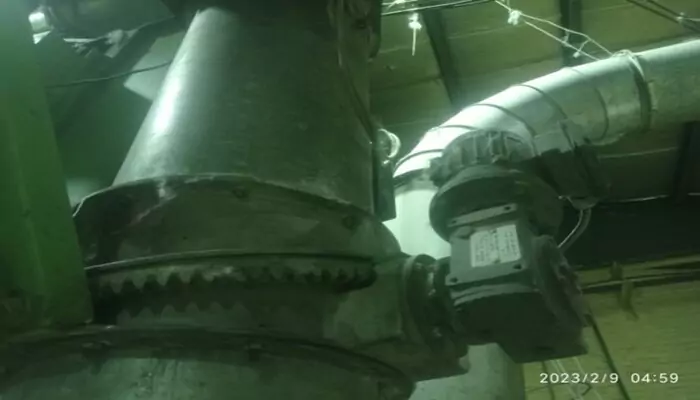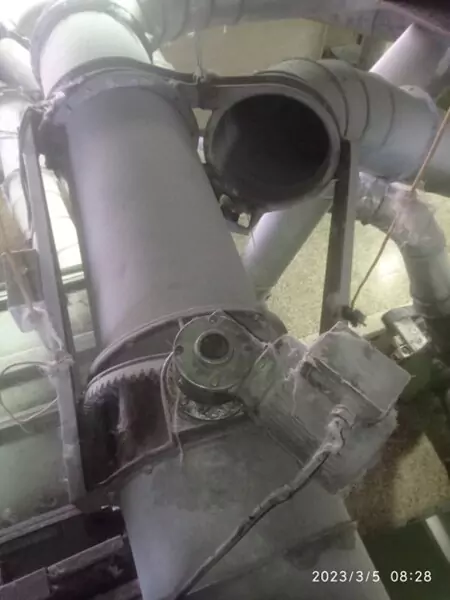By: Qasem Heydari, Textile Engineering
From textile and food industries to defense and aerospace industries, arms manufacturing industries and weapon design, technology and a mechanism can be invented in one, matured in one, and can work in the best performance in one. By exploring the common mechanism between the textile industry and others, more commonalities are found and taken into account.
One of the most interesting of these technologies is the use of the three-way channel changing mechanism that is used in the blow room at a yarn spinning factory in fiber transport at chute feed channels. This mechanism similarly is used at Lockheed Martin F35 combat aircraft in changing the engine output angle for vertical landing and take-in technology.
This mechanism includes one peripheral gear and one gearbox motor. The mechanism is such that a large peripheral gear is installed on one of the channels between around the junction of joint edges of two channels, and one gearbox motor on the other channel.
3-way channels are used in the blow room line at the spinning factory for changing of chute feed way. The performance of the mechanism of peripheral gear and gearbox motor in textile industries is such that when the engine starts and rotates, the peripheral gear and the channel connected to it also rotate, and the angle between the channels changes. Therefore the way of transporting of fibers in a 3-way channel changed.
The performance of this type of channel joint rotating angle is used to change the direction of the engine outlet. For better and more accurate control and to prevent unwanted left and right movement next to the desired vertical movement, it’s necessary to prevent left and right rotation of the engine outlet during the changing of vertical direction to horizontal for the take-off and landing process. So, the number of joints has increased to 3 peripheral gears and 3 gearbox motors. The figure below shows how to change the engine outlet direction.
In most cases, modern technology and newly invited mechanisms are used in various industries. In this example, the textile industry mechanism has been used in the aviation industry. This spreading out and exchanging of knowledge is done in most cases and causes improvement in performance and is more productive than the first performance.
However, in some cases, this type of exchange of technology is not considered in closely related industries. For example, there are some excellent technologies and mechanisms that have been used in short-fiber spinning but not considered in long-staple-fiber spinning. This mechanism will be mentioned in the following articles.






















